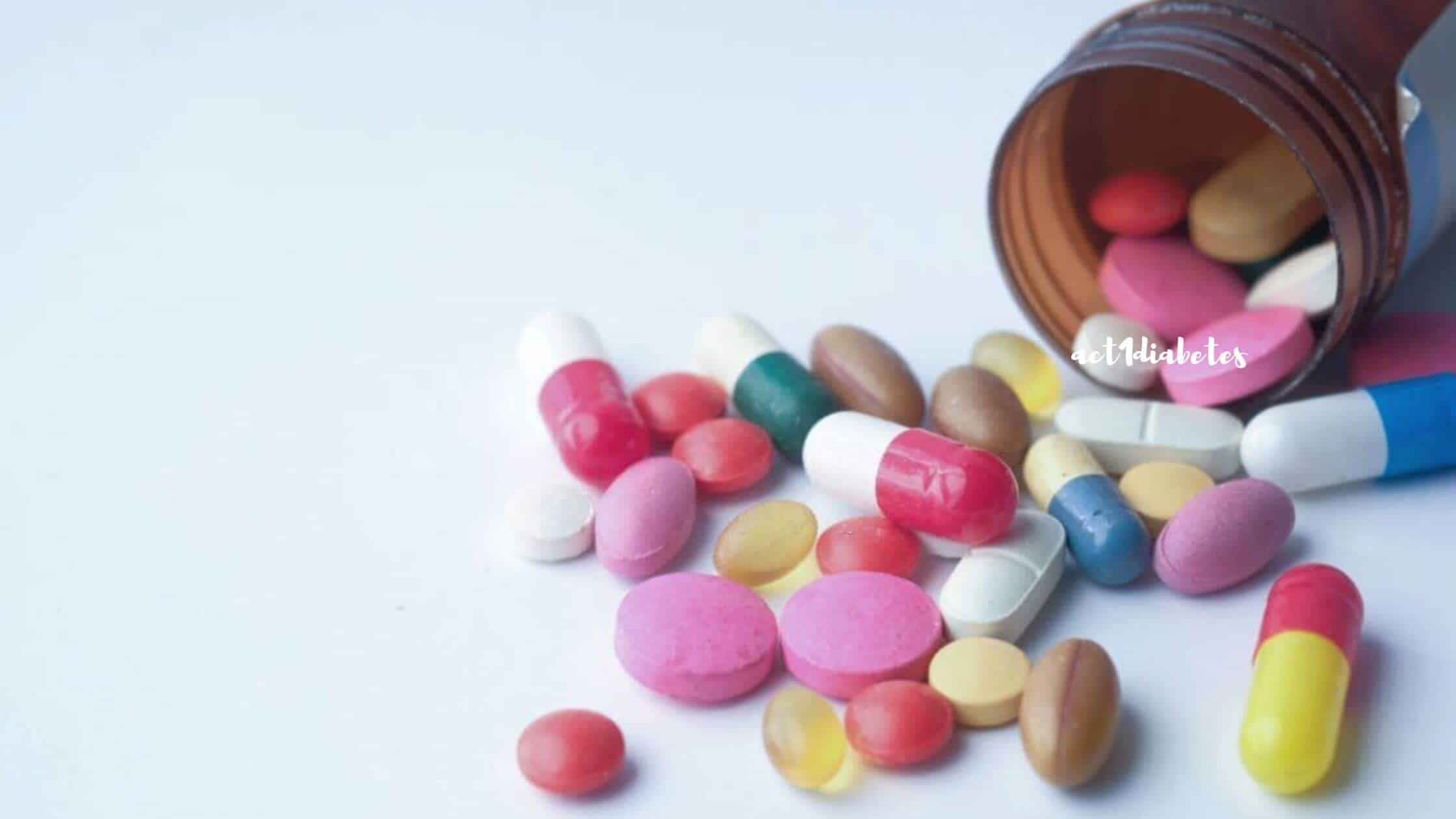What's Inside
Diabetes is a disease where your body doesn’t produce enough insulin or doesn’t use the insulin it produces effectively. This can lead to high blood sugar levels, damaging small blood vessels in the eyes, kidneys, and nerves.
Types of Drug Diabetes
Diabetes can also cause heart disease and stroke if left untreated or uncontrolled.

Several types of diabetes include type 1 diabetes and type 2 diabetes. Below are drugs that you can use to treat diabetes:
💊Metformin
Metformin is a drug that people with type 2 diabetes take to lower blood sugar. It’s also prescribed for people with prediabetes and other conditions, including but not limited to:
❌Obesity
❌Polycystic ovary syndrome (PCOS)
❌Gestational diabetes (diabetes during pregnancy)
Metformin lowers blood sugar by decreasing the amount of glucose produced in the liver and increasing its sensitivity to insulin.
💊Pioglitazone
Pioglitazone is a prescription drug used to treat type 2 diabetes. It works by increasing insulin production and sensitivity in the body, which helps regulate blood glucose levels.
It’s important that you exercise regularly if you’re on pioglitazone as it can cause weight gain.
💊Glipizide
Glipizide is a drug used to treat Type 2 diabetes. It lowers blood sugar levels and is also used to treat Type 1 diabetes.
💊Nateglinide
Nateglinide, a drug used to treat diabetes, is a fast-acting sulfonylurea. It’s mainly used in conjunction with other drugs and insulin to treat type 2 diabetes.
💊Acarbose
It works by slowing the breakdown of sugar in the digestive tract. Acarbose can be used alone or in combination with other drugs.
Acarbose is not for everyone, though. Your doctor may recommend that you stop taking acarbose if you notice any symptoms of low blood sugar (hypoglycemia).
This can happen when your body doesn’t have enough glucose (sugar), such as after finishing a meal that contains high amounts of carbohydrates and protein but not fat or fiber; it also happens when you exercise more than usual or when your body produces too much insulin because it thinks there’s too much glucose available inside it.
If this happens, talk with your health care provider right away about how best to manage this situation so that it doesn’t become dangerous for you!
💊Miglitol
You can take Miglitol to treat type 2 diabetes. The medicine works by reducing sugar production in the liver and increasing its release into the bloodstream, lowering blood sugar levels.
It’s important to remember that while taking this drug, you may need to monitor your blood glucose more often than usual. This is because it can cause a sudden drop in your blood glucose level if you don’t eat enough food, exercise more than usual, or drink alcohol (which also reduces your blood glucose).
💊Albiglutide
Albiglutide (Tanzeum®) is a GLP-1 agonist. It treats type 2 diabetes when diet and exercise alone are not enough. Albiglutide is injected under the skin (subcutaneously) once daily. The recommended starting dose is 0.75 mg once daily, which can be increased to 1 mg after two weeks if necessary and further increased up to 1.5 mg as needed over several months of treatment.
Albiglutide has the following side effects:
❌Nausea, vomiting, diarrhea, and constipation
❌Dizziness or lightheadedness
💊Dulaglutide
It can be given by injection under the skin (subcutaneous).
Dulaglutide is a GLP-1 agonist. Dulaglutide works by helping the pancreas produce more insulin and allowing your body to use insulin better. Dulaglutide also reduces the amount of sugar made by the liver (glucose production), meaning less sugar stays in your blood over time and can make your blood glucose levels more stable after meals.
💊Semaglutide
Semaglutide is a GLP-1 receptor agonist that is used to treat type 2 diabetes mellitus. It is taken once daily in combination with basal insulin and should be administered within 60 minutes before or after a meal.
💊Liraglutide
It’s a glucagon-like peptide-1 (GLP-1) analog, which means it works by stimulating the release of insulin from the pancreas.
It’s also been shown to reduce blood sugar and A1C levels in people with type 2 diabetes.
Conclusion
In conclusion, there are many drugs available to treat diabetes. The most popular of these is metformin. However, newer medications like Bydureon and Tradjenta offer patients a more convenient way of managing their condition. Additionally, these medications have fewer side effects than metformin, making them a better option for some people.

